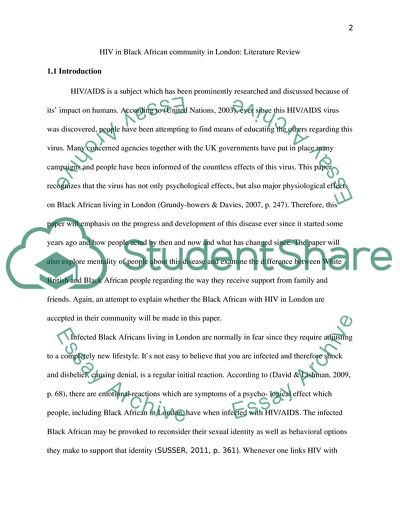Cite this document
(Research project/ literature review Example | Topics and Well Written Essays - 4500 words, n.d.)
Research project/ literature review Example | Topics and Well Written Essays - 4500 words. Retrieved from https://studentshare.org/health-sciences-medicine/2088234-research-project-literature-review
Research project/ literature review Example | Topics and Well Written Essays - 4500 words. Retrieved from https://studentshare.org/health-sciences-medicine/2088234-research-project-literature-review
(Research Project/ Literature Review Example | Topics and Well Written Essays - 4500 Words)
Research Project/ Literature Review Example | Topics and Well Written Essays - 4500 Words. https://studentshare.org/health-sciences-medicine/2088234-research-project-literature-review.
Research Project/ Literature Review Example | Topics and Well Written Essays - 4500 Words. https://studentshare.org/health-sciences-medicine/2088234-research-project-literature-review.
“Research Project/ Literature Review Example | Topics and Well Written Essays - 4500 Words”. https://studentshare.org/health-sciences-medicine/2088234-research-project-literature-review.


